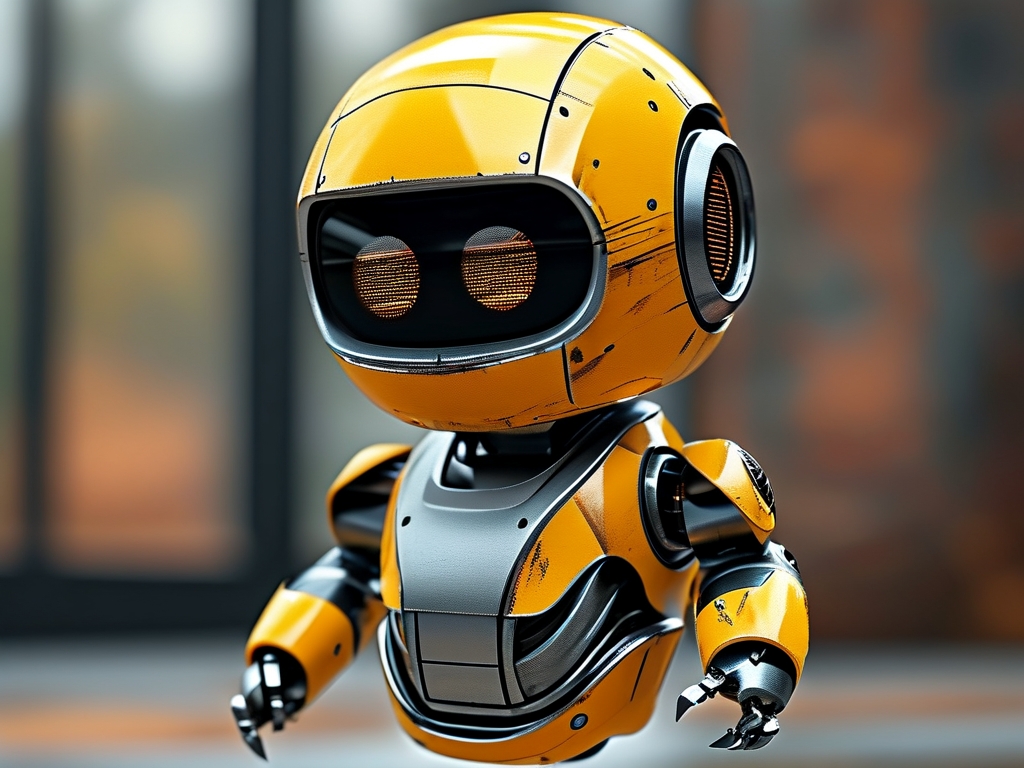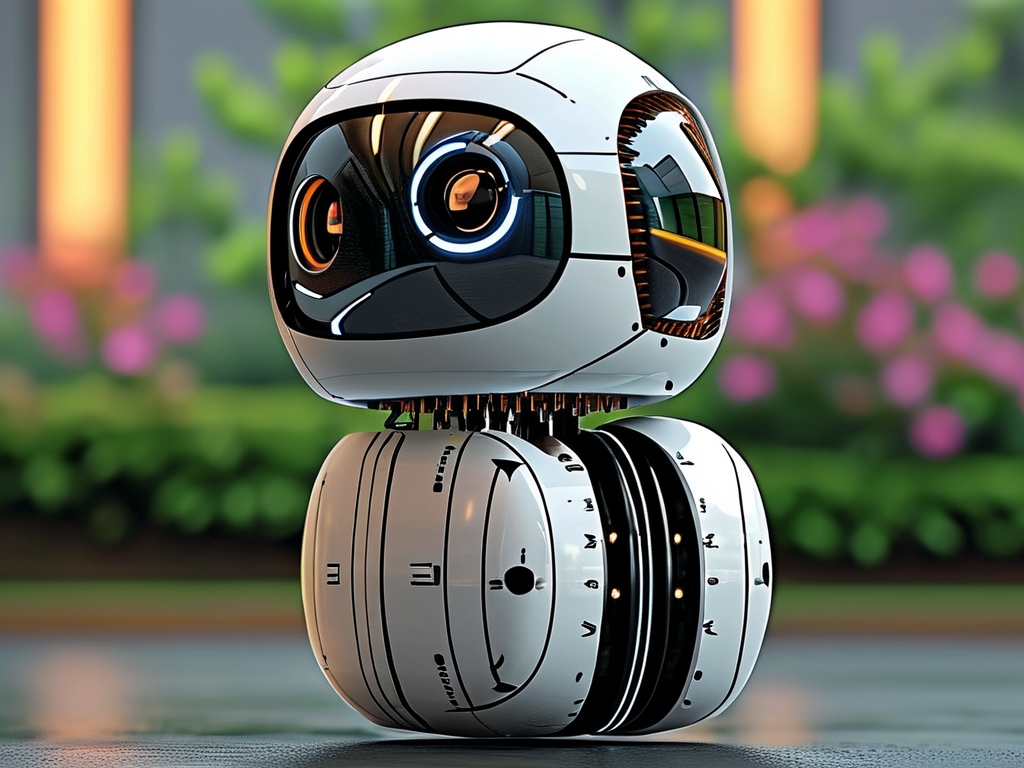The field of robotics has witnessed transformative growth in recent decades, with robotic model construction techniques standing at the forefront of innovation. This technology encompasses the design, simulation, and physical assembly of robotic systems, enabling applications ranging from industrial automation to healthcare. In this article, we explore the core principles, emerging methodologies, and real-world implications of robotic model construction.

1. Foundations of Robotic Model Construction
Robotic model construction begins with conceptual design, where engineers define a robot's purpose, functionality, and environmental constraints. Tools like Computer-Aided Design (CAD) software allow for precise 3D modeling, simulating kinematics and dynamics before physical prototyping. For instance, platforms such as SolidWorks and AutoCAD enable the creation of modular components, ensuring compatibility and scalability.
A critical aspect is material selection. Lightweight alloys, carbon fiber composites, and 3D-printed polymers are increasingly favored for their durability-to-weight ratios. For example, drones designed for aerial surveillance often use carbon fiber frames to balance strength and agility, while humanoid robots leverage flexible silicone actuators for lifelike movements.
2. Key Technical Workflows
a. Simulation-Driven Development
Modern robotic construction relies heavily on digital twins—virtual replicas that test performance under simulated conditions. Software like MATLAB and Gazebo integrates physics engines to predict stress points, energy consumption, and collision responses. This approach reduces prototyping costs by up to 40%, as seen in Tesla’s Optimus humanoid robot development.
b. Modular Assembly Systems
Modularity accelerates customization. Companies like Boston Dynamics employ standardized joints and sensors, allowing rapid reconfiguration for tasks like warehouse logistics or disaster response. Open-source frameworks, such as ROS (Robot Operating System), further streamline integration by providing pre-built libraries for navigation and machine vision.
c. Additive Manufacturing
3D printing revolutionizes robotic construction by enabling complex geometries unachievable through traditional machining. NASA’s Valkyrie robot, for instance, uses 3D-printed limbs with internal lattice structures to optimize weight distribution. Multi-material printers now embed circuits and sensors directly into components, reducing assembly steps.
3. Challenges and Solutions
a. Precision vs. Cost Trade-offs
High-precision actuators and sensors often drive up costs. To address this, researchers are developing soft robotics—using compliant materials like shape-memory alloys—to achieve dexterity without expensive hardware. The Festo BionicSoftArm exemplifies this, mimicking octopus tentacles for delicate object handling.
b. Energy Efficiency
Power consumption remains a hurdle for autonomous robots. Hybrid energy systems, combining lithium batteries with supercapacitors, extend operational lifetimes. MIT’s Cheetah robot, for example, recovers kinetic energy during movement, achieving 90-minute endurance on a single charge.
c. Interdisciplinary Collaboration
Effective robotic construction demands expertise in mechanical engineering, AI, and materials science. Universities and corporations are fostering cross-disciplinary labs, such as ETH Zurich’s Robotic Systems Lab, to bridge knowledge gaps.
4. Case Studies in Applied Robotics
- Healthcare: The da Vinci Surgical System uses modular arms and haptic feedback to perform minimally invasive surgeries, reducing patient recovery times.
- Agriculture: John Deere’s autonomous tractors leverage LiDAR and GPS-guided models to optimize planting patterns, boosting crop yields by 20%.
- Space Exploration: NASA’s Perseverance rover employs a rocker-bogie suspension system, 3D-printed from titanium, to traverse Mars’ rugged terrain.
5. Future Directions
The integration of AI-driven generative design promises to automate model optimization. Algorithms like Google’s DeepMind can iteratively refine robotic structures for maximal efficiency. Meanwhile, biohybrid robots—combining organic tissues with synthetic components—are poised to revolutionize fields like environmental monitoring.
In , robotic model construction techniques are reshaping industries by merging precision engineering with cutting-edge technology. As materials, AI, and manufacturing processes evolve, the boundary between human capability and robotic potential will continue to blur, unlocking unprecedented opportunities for innovation.


